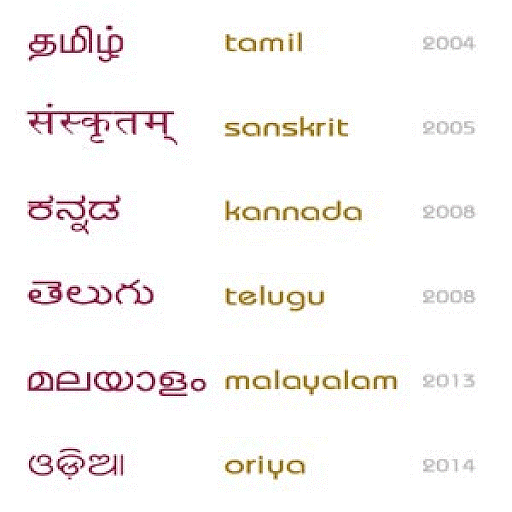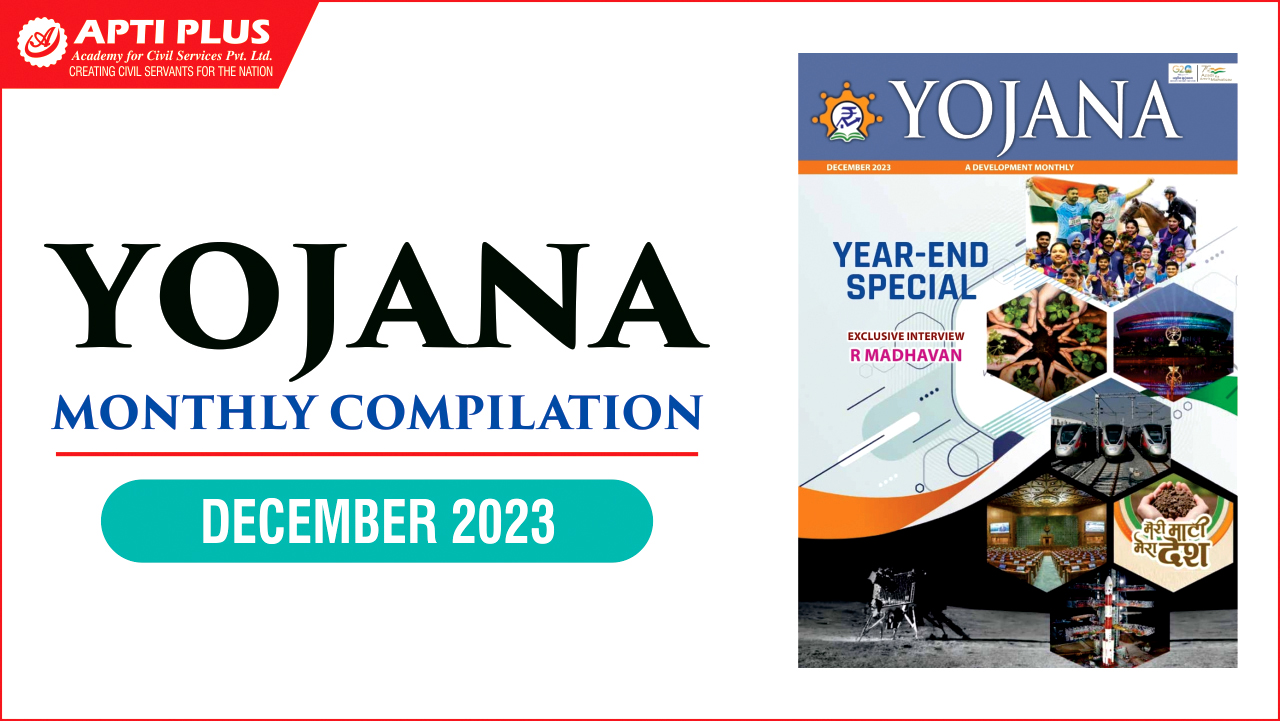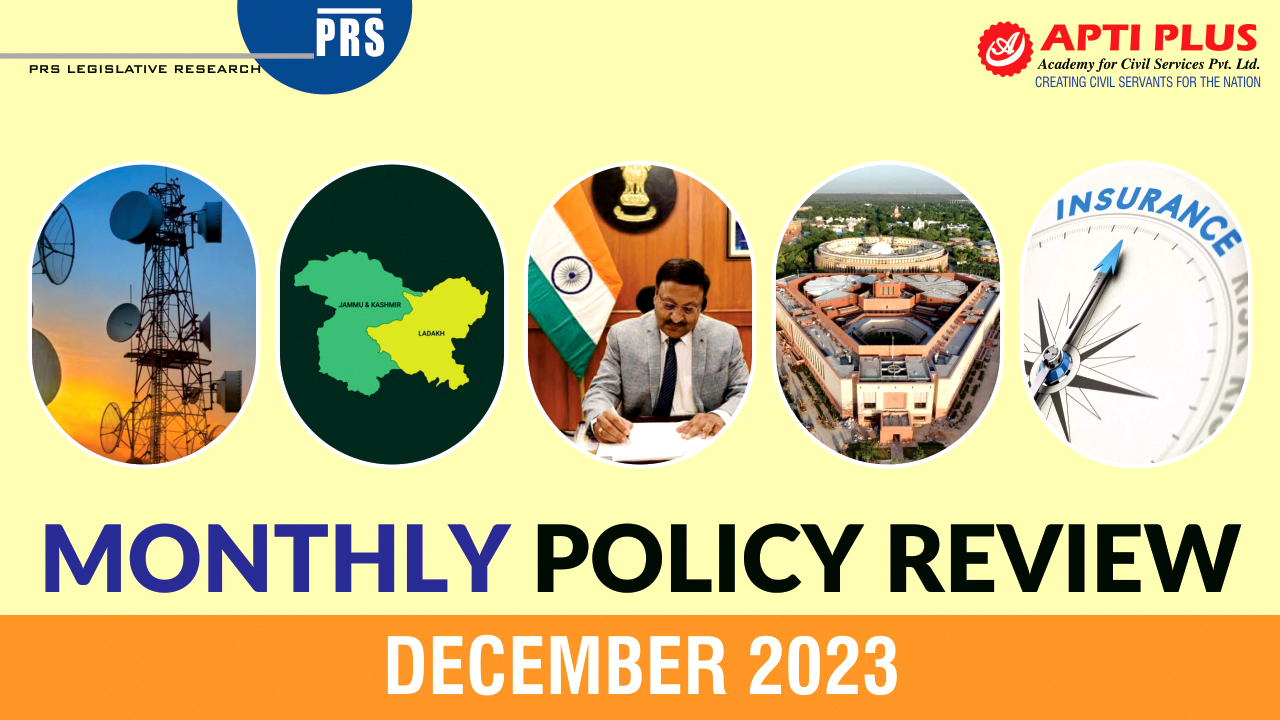Description

Disclaimer: Copyright infringement not intended.
Context
- External Affairs Minister S Jaishankar declared that the Government of India has chosen to include Farsi (Persian) as one of the nine classical languages in India under the New Education Policy.
Details
- This decision aims to deepen cultural ties and recognizes the cultural, literary, and linguistic connections between Iran and India.
- The announcement took place during Jaishankar's two-day visit to Iran, and he made the statement at a joint press conference with his Iranian counterpart, H Amir-Abdollahian.
- According to India’s National Education Policy-2020, in addition to the recognized classical languages, Pali, Persian, and Prakrit, along with their literary works, must be preserved for their richness and for the pleasure and enrichment of posterity.
Classical Languages of India
- The Indian classical languages, known as Shastriya Bhasha, collectively represent languages in India with ancient origins and a distinguished literary heritage.
- The official recognition of a language as “Classical” in India is a result of stringent criteria established by the Government of India in 2004.
Officially Recognized Classical Languages:
- Tamil (2004):
- Script: தமிழ்
- Earliest attested era: 450 BCE
- Birthplace: Possibly in the region around the lower Godavari river basin
- Ancestor language(s): Proto-Dravidian language, Proto-South Dravidian language
- Sanskrit (2005):
- Script: संस्कृतम्
- Earliest attested era: Rigveda (1500 BCE - 1200 BCE)
- Birthplace: Somewhere northwest of the Indus region
- Ancestor language(s): Proto-Indo-European language, Proto-Indo-Iranian language, Proto-Indo-Aryan language
- Kannada (2008):
- Script: ಕನ್ನಡ
- Year of recognition: 370 CE
- Ancestor language(s): Proto-Dravidian language, Proto-South Dravidian language
- Telugu (2008):
- Script: తెలుగు
- Year of recognition: 575 CE
- Ancestor language(s): Proto-Dravidian language, Proto-South Dravidian language
- Malayalam (2013):
- Script: മലയാളം
- Year of recognition: 830 CE
- Birthplace: Malabar Coast
- Ancestor language(s): Proto-Dravidian language, Proto-South Dravidian language, Karintamil
- Odia (2014):
- Script: ଓଡ଼ିଆ
- Year of recognition: 10th-11th century CE
- Ancestor language(s): Proto-Indo-European language, Proto-Indo-Iranian language, Proto-Indo-Aryan language, Sanskrit, Magadhi Prakrit
Unofficially Recognized Classical Languages:
- Pali:
- Liturgical language for Theravada Buddhism
- Origin: Northern India
- Early existence: 1st century BCE
- Meitei (Manipuri):
- Literary tradition of at least 2000 years
- Associated with Manipuri classical dance
- Classical epic poem: Khamba Thoibi Sheireng

Recognition Criteria (2006):
In 2006, the criteria for a language to be considered "Classical" were defined:
- High antiquity (1500–2000 years of recorded history)
- Valuable ancient literature
- Original literary tradition
- Distinct from modern languages
Benefits of Classical Language Status:
The recognition of a language as a "Classical Language" offers several benefits:
- Two major international awards for eminent scholars
- Establishment of a Centre of Excellence for Studies in Classical Languages
- Creation of Professional Chairs for Classical Languages in Central Universities
Farsi
- Farsi, also known as Persian, is an Indo-Iranian language that belongs to the Iranian branch of the Indo-Iranian languages.
- It has a rich historical and cultural significance, not only in Iran but also in the broader Persian-speaking world.
Key Features:
- Script: Farsi is written in the Persian script, an adapted version of the Arabic script.
- Historical Roots: It has deep historical roots, with early attested texts dating back to the 6th century BCE.
- Literary Heritage: Farsi boasts an extensive literary heritage, with renowned poets like Rumi and Hafez contributing significantly to Persian literature.
- Cultural Influence: The language has had a profound impact on the cultural and artistic expressions of the Persian-speaking regions.
Pali
- Pali is a classical language with close associations with Theravada Buddhism.
- It originated in Northern India and is considered a liturgical language for Buddhist scriptures.
Key Features:
- Buddhist Canon: Pali is the language in which the Theravada Buddhist scriptures, known as the Pali Canon, are preserved.
- Historical Significance: The language has historical importance, with writings dating back to the 1st century BCE, and oral transmission believed to exist from the 3rd century BCE.
- Relation to Sanskrit: While related to Old Indo-Aryan and Vedic Sanskrit, Pali is distinct and not considered a direct descendant of Sanskrit.

Prakrit
- Prakrit refers to a group of ancient Indic languages that emerged from the Sanskrit language and was spoken in various regions of ancient India.
Key Features:
- Diversity: Prakrits were spoken in different regions, leading to the emergence of various Prakrit dialects, each with its distinct characteristics.
- Literary Works: Prakrit languages were used in a range of literary compositions, including Jain and Buddhist texts.
- Relation to Sanskrit: Prakrits are considered descendants of the ancient Sanskrit language, representing a vernacular form.
|
PRACTICE QUESTION
Q. Consider the following statements regarding the Classical languages of India:
1. Pali, a classical language liturgical to Theravada Buddhism, is officially recognized as one of the Classical languages of India.
2. The recognition of a language as a "Classical Language" in India is solely based on its administrative status as an "official language."
3. Farsi (Persian) has been recently included as one of the nine classical languages of India under the New Education Policy.
Which of the statements is/are correct?
A. 1 only
B. 3 only
C. 1 and 3 only
D. 2 and 3 only
Answer: B.
|















